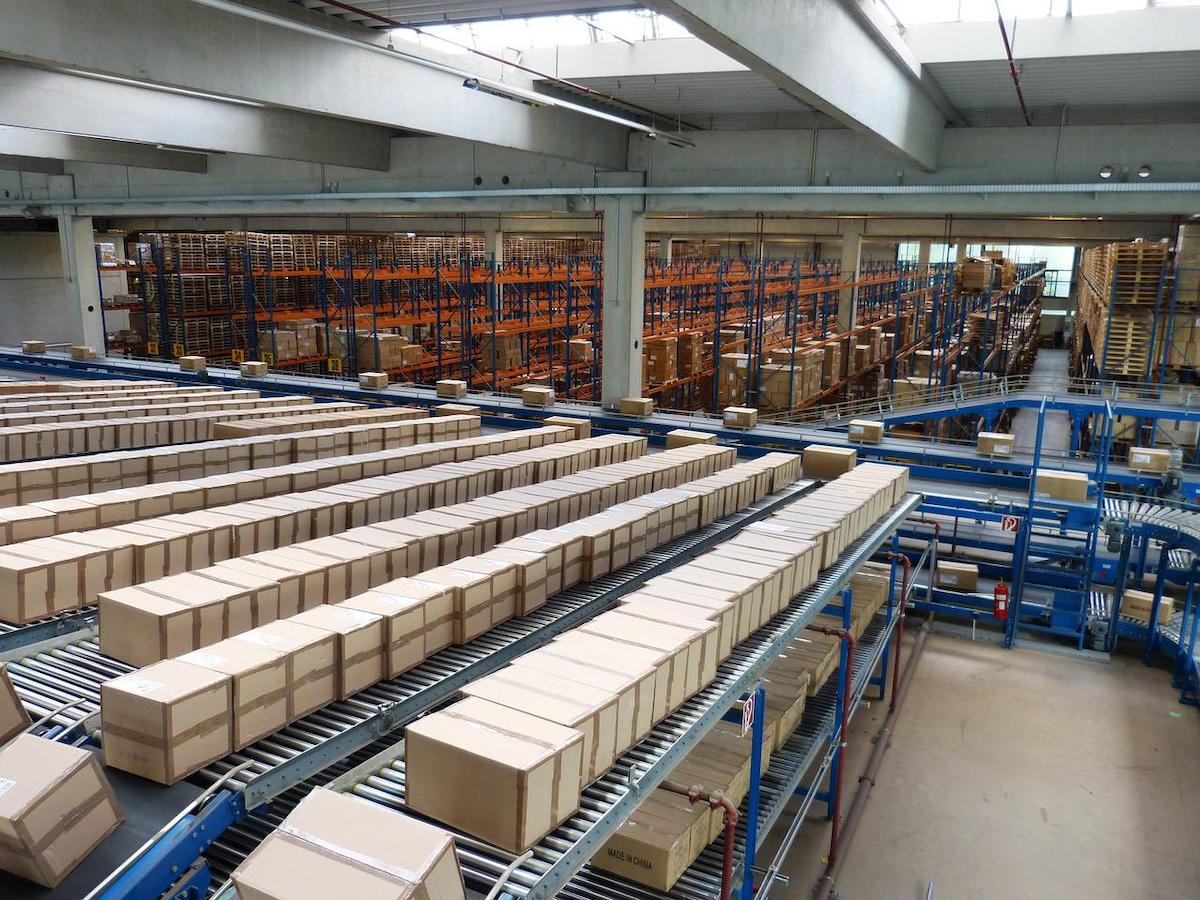The retail company I had joined had just invested $25 million to automate their Distribution Centre. They automated the process of fulfilling orders in individual units, or eaches, instead of case fulfillment.
As I learned more and more about the system and the operation it became obvious to me that the entire paradigm that went into the $25 million investment was wrong. They wasted at least $20 million by perpetuating individual unit.
They could have save a lot of time and money by changing their fundamental operating model to one of case fulfillment – the Retail Holy Grail!
Automating a Bad Process is Never Good
The company had always fulfilled orders to each store in individual units. Cases would enter pick and pack stations. At this point operators would open the cases and pull out a varying number of units to be picked into other cases to go to the specific stores.
The result was that the cases into which individual items were placed looked like a piñata or a dog’s breakfast. The amount of excess and wasteful handling was extraordinary. Any single case could have hundreds of items inside, meaning that each item was handled multiple times … picked and placed by warehouse personnel, and then picked and placed by store personnel.
The company was trying to over-optimize the fulfillment of products to stores by giving them precisely what they were forecasting that the stores may sell. These calculations used a single unit as the lowest common denominator, which in turn resulted in, and perpetuated, the concept of individual item fulfillment.
But for a small number of fast moving, high volume products the stores would be shipped full case quantities. As I watched, learned, and pondered the operating model I was always happy to see full case order fulfillment. Full cases would bypass the entire pick/pack process and basically go from receiving to shipping, with perhaps a small stint in storage.
However I arrived in the company at the final stages of a multi-year implementation of this enormous investment. All I could do at that point was working on seeing the new system through to implementation.
But it didn’t take long to see that the cost pressures, delivery delays, capacity constraints and excessive material handling and waste had been institutionalized to a point bordering on absurdity.
They had automated a bad, bad process.
The Case Fulfillment Holy Grail
Costco has a wonderful Supply Chain business model. Their retail store also doubles as their warehouse and distribution centre. As you walk through the store you are walking amongst the racking and through the aisles.
In many cases full pallets, direct from the supplier, are moved write onto the floor, the overpacking is removed, and customers pick their own product right off the pallet. No one in Costco has had to handle a single unit on that pallet.
There are exceptions at Costco. Books and Clothes are piled on shelves. But even those are pulled directly from cases without the actual handling of each individual unit.
This paradigm and way of thinking was completely missing from the company I had joined. They completely missed the opportunity for full case fulfillment. On one hand they could have stated that case sizes had too many units for a single store to sell the full quantity. However they completely ignored the fact that they could have approached suppliers to pack units in smaller cases sizes.
The mathematics that make full case fulfillment work are simple. Imagine a case with 100 units inside. Their system would result in each one of those 100 units being handled multiple times. 100 units were pulled out of their original cases, 100 units were picked into new cases, 100 units were later pulled out of those new cases, and 100 units were then each put onto store shelves. That is a total of 400 touches.
Now imagine that that entire case was shipped, intact, to a single store. 1 case would go direct to receiving, 1 case would arrive at a store, and at the store they would open the case and they could put the entire contents onto shelves, sometimes without handling every single unit. For our purpose let’s assume 102 touches were made.
So full case fulfillment would reduce the number of touches from 400 to 102, a 75% reduction in handling activity. This does not even account for the faster time to fulfillment, which could result in days of savings and faster time to market.
The entire pick and pack operation could be eliminated. In fact the need for product to go to a central distribution centre could also be reduced if drop shipping could be enabled resulting in direct shipment from the supplier to each store.
Drop shipping would reduce freight costs, reduce time, reduce inventory and reduce DC costs as well. The amount of material handling would also be dramatically reduced which, by definition, is wasteful activity.
Conclusion
Full case fulfillment is the retail holy grail if you are shipping into stores or mass consumer shopping locations.
Obviously for E-Commerce, where individual items need to be picked and shipped to individual customers, full case fulfillment is not practical. But there are great, proven techniques you can implement to result in rapid E-Commerce fulfillment. We have a real life case study with our 4 Minute Click to Ship model.
But for all other retail sales channels full case fulfillment is ideal. It is the most profound distribution productivity model for saving time, money and investment.
Full case fulfillment is the Retail Holy Grail!

